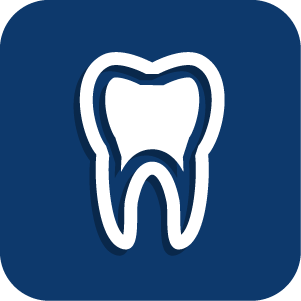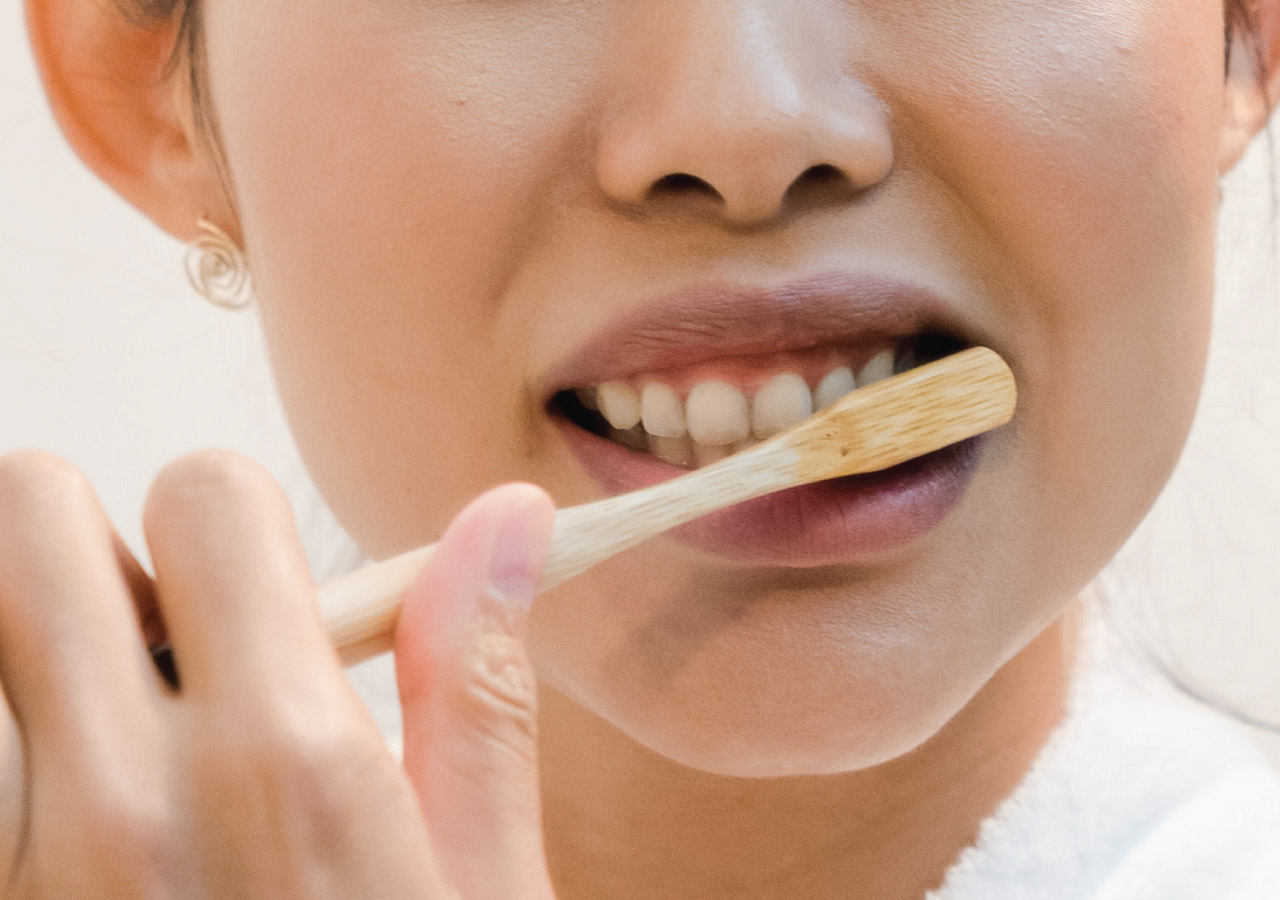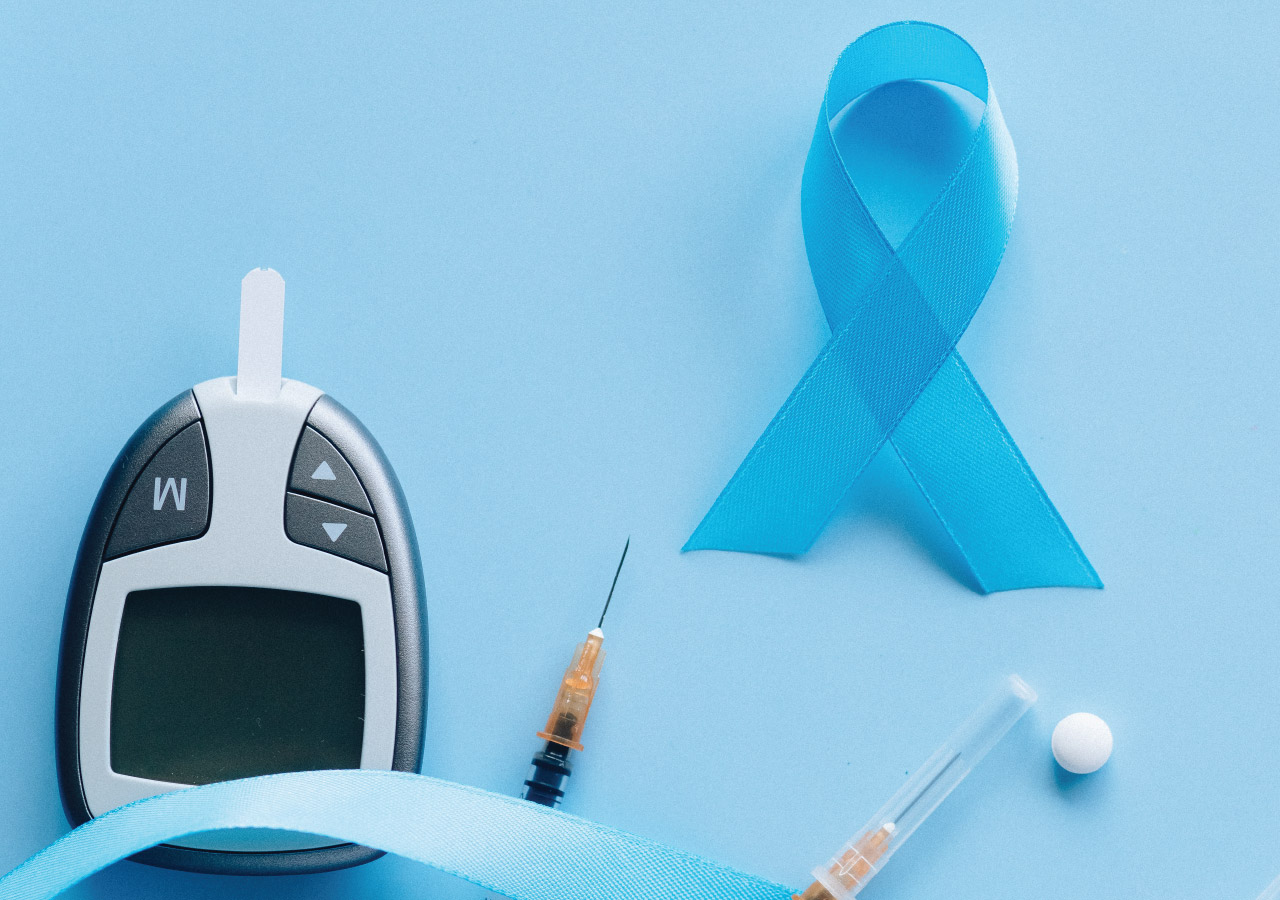X-Rays
Why do I need x-rays and what am I missing out on if I don’t get them taken? Find answers to these questions and more about how we use x-rays to help keep your teeth healthy and strong!

X-rays are the keystone to any dental examination. They help the dentist evaluate your oral health by showing him what the naked eye could never see.
How do dental X-rays work?
A film is placed inside the mouth near the tongue. X-rays are passed from the outside of the mouth through to the film. Areas that are harder to penetrate will turn out lighter than soft tissues which are easily penetrated. They allow the dentist to see abnormalities, or infections that would otherwise go undetected. When a tooth has decay it will show up as a dark spot on the tooth because the decay is eating away the tissue of the tooth making it less dense.
How often should radiographs be taken?
The standard of care for dental radiographs is as follows:
- A set of 4 Bitewing x-rays once every 12 months or at the next 6 month check if there was decay. Only 2 films are taken for smaller children where all the teeth can fit on one film.
- A panoramic or FMX (Full mouth set of x-rays) once every 3 years. Panoramic x-rays starting when the first set of permanent molars come in.
- There may be reason to take radiographs more often depending on your age, symptoms, diseases, or medications. We personalize all treatment plans to fit every patient and their needs.
Our office takes a set of x-rays on every new patient. We try to find out what your insurance will pay for before you come in. We will always tell you when dental radiographs will improve the quality of our care.
What are the benefits of a dental radiograph examination?
Many problems or diseases in the mouth cannot be seen with the naked eye. X-rays can reveal infections, periodontal disease, abscesses, abnormalities, some tumors, and decay.
Many times these things can be seen with the eye when they are too far along to save the tooth or treat them effectively. X-rays help catch these problems early so that we can take care of the problem before it becomes too big.
How do dental X-rays compare to other sources of radiation?
Radiation is all around us. The amount you get from dental x-rays is small compared to the daily exposure from those other sources which include cosmic radiation and naturally occurring elements. Bitewing x-rays are about one 17th the amount you get from being outside exposed to those natural sources.
What if I’m pregnant and need a dental radiograph examination?
X-rays can be taken if you are pregnant if the problem cannot wait until after you deliver the baby. A lead vest will be used to cover the fetus. Dental x-rays are very concentrated and with the protection of the lead apron the scatter radiation is minimized. A reason that you would not want to wait until after the baby is born is because infection can pose a threat to an unborn fetus.
Learn more about dental x-rays on our blog!


